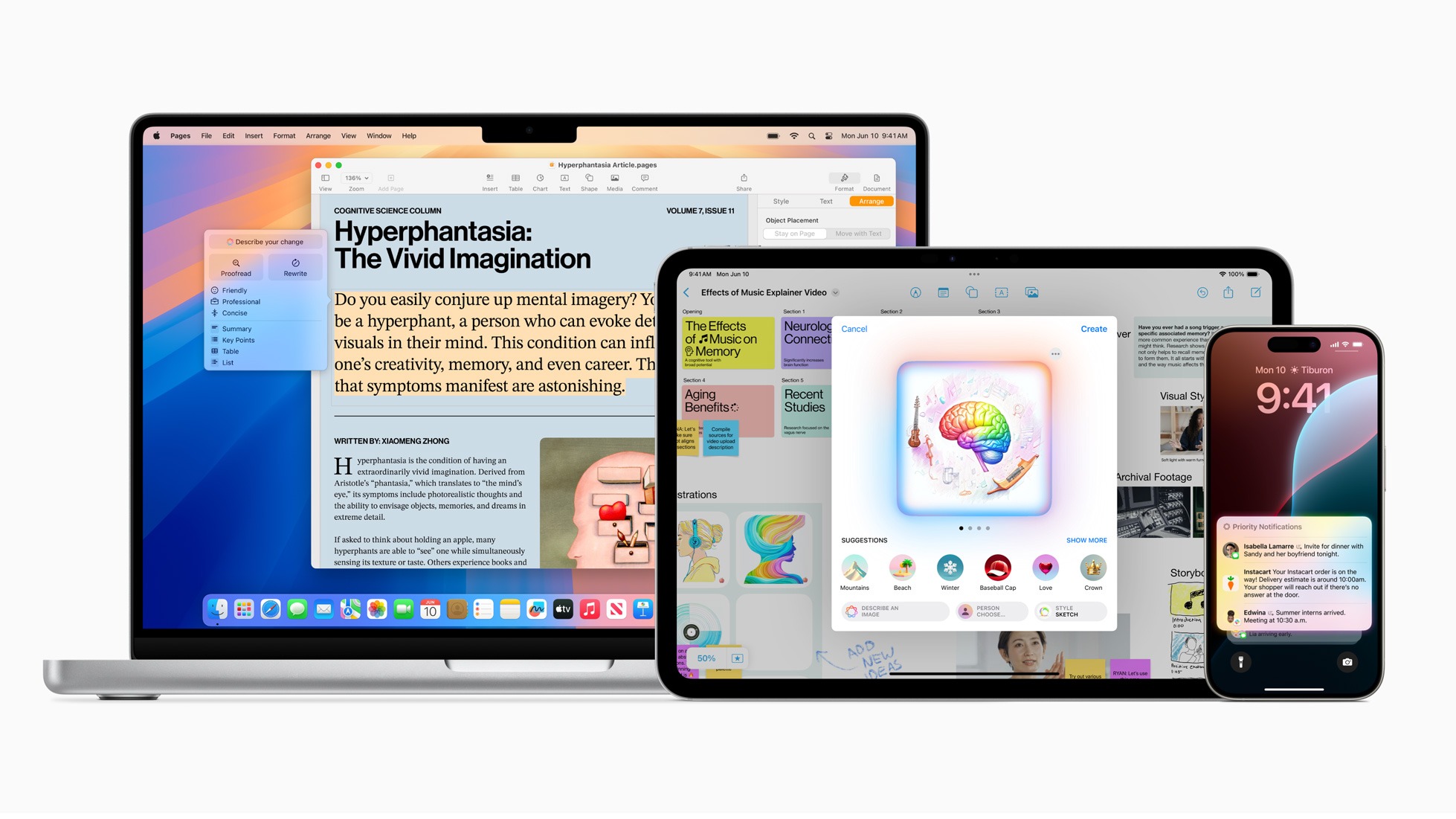Digital-first bank Tandem has recorded its second year of profitability.
The bank also revealed that savings customer numbers doubled in 2023.
The neobank said that strong results recorded over the 12-month period were driven by an increased number of customers interested in reducing their carbon footprint.
The bank offers savings products as part of what it describes as an "expanding green lending offer", designed to help homeowners and car buyers transition to a greener and lower carbon lifestyle.
Following its buyout of consumer lender Oplo and the bank’s first full year of profitability in 2022, Tandem said that its latest financial results demonstrate that it is on course to meet its goal to become the "UK's greener digital bank".
The bank has been through a significant transformation in recent years, after reaching profitability and more than doubling its deposit base to £3.6 billion for the second year in a row.
“Tandem’s strategy of becoming the UK’s greener, digital bank is working,” said Alex Mollart, chief executive, Tandem Bank. “We’re profitable for a second year running and delivering growth across deposits, lending and revenue – attracting more green-savvy consumers to the bank.”
In May, the digital bank announced the appointment of Suavek Zajac as chief technology officer (CTO).
Suavek joined the bank with almost 25 years’ experience in tech, having previously worked for companies like Grand Parade, William Hill, Blackberry and, most recently, Railsr.
Latest News
-
Reddit ‘challenges Australia’s under 16s ban’ with lawsuit
-
BBVA expands ChatGPT to 120,000 employees
-
BIS and Central banks test post-quantum cryptography in payments
-
UK government launches new MedTech qualifications to fight skills gap
-
UK scientists get priority access to advanced AI through Google DeepMind lab
-
Uber Eats rolls out robot couriers in Leeds
The future-ready CFO: Driving strategic growth and innovation
This National Technology News webinar sponsored by Sage will explore how CFOs can leverage their unique blend of financial acumen, technological savvy, and strategic mindset to foster cross-functional collaboration and shape overall company direction. Attendees will gain insights into breaking down operational silos, aligning goals across departments like IT, operations, HR, and marketing, and utilising technology to enable real-time data sharing and visibility.
The corporate roadmap to payment excellence: Keeping pace with emerging trends to maximise growth opportunities
In today's rapidly evolving finance and accounting landscape, one of the biggest challenges organisations face is attracting and retaining top talent. As automation and AI revolutionise the profession, finance teams require new skillsets centred on analysis, collaboration, and strategic thinking to drive sustainable competitive advantage.
© 2019 Perspective Publishing Privacy & Cookies











Recent Stories